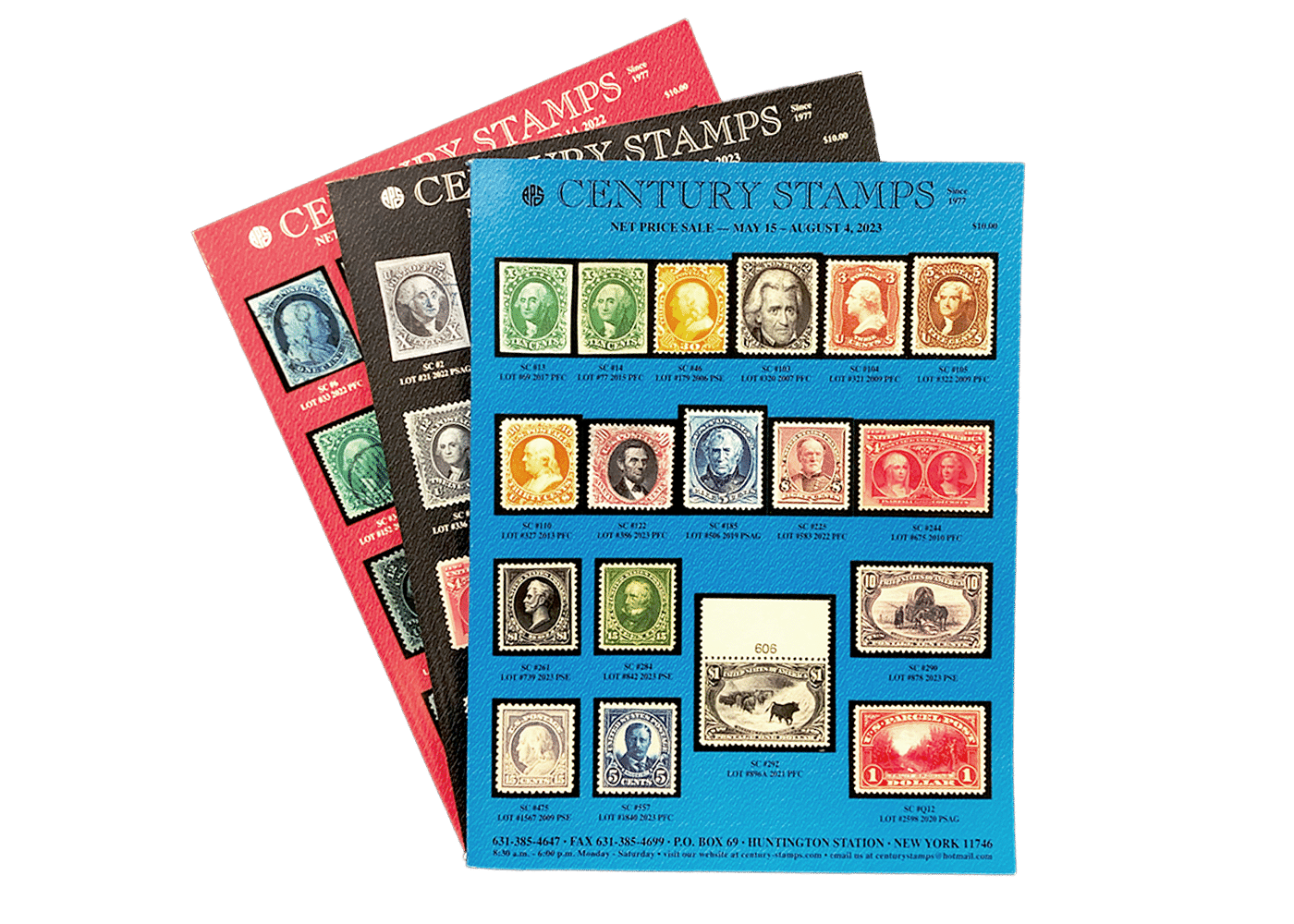The Return of Direct Mail: Not Just a Nostalgia Play
Direct mail marketing is making a comeback, and it’s not just about reliving the past. When companies like Amazon are investing heavily in direct mail, it means there’s real value in this strategy. They aren’t doing it because of tradition; they’re doing it because it brings real results.
Direct mail stands out because it gives people something they can actually hold. In a world full of emails and digital ads, a brochure or postcard sent to your mailbox can stand out. People pick it up, look at it, and sometimes keep it on the counter to check again later. That’s something digital ads can’t always accomplish.
Amazon’s approach shows that direct mail isn’t just about kids’ catalogs or holiday flyers. By sending shopping guides for both children and adults, they reach a wide audience and make sure their message is seen. It’s a smart move, showing tangible advertising still has a special place in modern marketing.
Hard Data: Direct Mail Works
Research and surveys point to direct mail as one of the most effective methods for reaching your audience. The response rates for direct mail are much higher than those of digital-only channels. For example, the average response rate for a direct mail campaign can be 4.9% with a prospect list and up to 9% with your own mailing list. Compare that to email marketing, which usually gets about a 1% response rate.
| Marketing Channel | Average Response Rate |
|---|---|
| Direct Mail (House List) | 9% |
| Direct Mail (Prospect List) | 4.9% |
| Email Marketing | 1% |
People open almost all their mail. 98% of individuals bring in their mail the day it arrives, and 77% read it right away. This high engagement means your advertising message is much more likely to be seen.
Direct mail also boosts brand recall. When someone gets a physical postcard or catalog, they tend to remember it better than an email or online ad. The simple act of touching and reading printed materials makes your brand stick in their minds longer.
Return on investment is another strong point. Direct mail campaigns show an average ROI of about 29%, which is similar to social media and ahead of some digital methods like paid search. If you combine direct mail with online efforts, you can see even better results, sometimes increasing conversion rates by 40% or more.
Why Direct Mail Is a Smart Move for Your Business
Direct mail isn’t just for big companies with endless budgets. It works for small businesses, too. Here’s why it can be a smart choice:
- Targeted Audience: You can use detailed mailing lists to reach exactly the people who are most likely to care about your products or services. This level of targeting helps you control costs and focus your efforts.
- Less Clutter: Your customer’s digital inbox is full, but their physical mailbox probably isn’t. With fewer companies using direct mail, your material has a better shot at grabbing attention.
- Lasting Impact: A self-mailer or postcard can stay in view for days or weeks, reminding people of your brand. Booklets, catalogs, and brochures can be kept for even longer.
- Higher Trust: Printed ads tend to feel more trustworthy. People might scroll past online ads, but a letter or catalog feels personal and direct.
Using direct mail for your marketing can draw in new customers while keeping current customers engaged. You can also use call-to-action prompts on mail pieces to drive traffic to your website, encourage online sales, or bring people into your brick-and-mortar store.
Challenges of Direct Mail

While direct mail marketing offers many benefits, it also presents a few challenges you need to plan for:
- Higher Upfront Costs: Direct mail often costs more at first than digital media. You have to pay for design, printing, and postage. You might also need to create or buy a high-quality mailing list.
- Timing and Logistics: Mailing takes time. You need to account for print production, postal service delivery, and the size of your campaign. Planning ahead matters.
- Design Needs: The design of direct mail pieces, whether they’re postcards, brochures, booklets, or catalogs, must be clear and appealing. Your call to action and the overall look should speak directly to your customers.
- Measurement: Without tracking, it’s hard to know what’s working. Using unique coupon codes, special URLs, or even QR codes can help you measure consumer response.
Overcoming these challenges is possible, but it takes organization and sometimes help from skilled partners who understand the details of successful direct mail campaigns.
Making Direct Mail Work for You
To get the most out of direct mail, you’ll want to use strategies that fit both your audience and your marketing goals:
- Personalization: Start by making your mail feel personalized. Use the customer’s name, or target offers to their past shopping habits. Customized design and messaging make each piece feel special.
- Choose the Right Format: There are many kinds of direct mail, like postcards, self-mailers, catalogs, and letters. Pick a style that fits your message. For example, use a brochure or booklet to show lots of products, or a postcard for a quick announcement.
- Clear Call to Action: Tell your audience exactly what you want them to do—visit a website, use a coupon, scan a QR code, or call a phone number.
- Integration With Digital: Link your direct mail to your digital marketing. Add personalized URLs or QR codes that guide people to your site. This lets you track results and boosts engagement.
- Test and Track: Try different messages, designs, or offers to see what works best. Track responses using special codes or links. Adjust your campaign based on the data.
Here is a basic checklist to help guide your direct marketing efforts:
| Step | Action |
|---|---|
| Identify Audience | Use or build quality mailing lists |
| Create Compelling Design | Make your piece visually appealing and easy to read |
| Personalize Content | Use names, past purchases, or targeted offers |
| Integrate Channels | Link print with digital tools like QR codes or web pages |
| Track Results | Measure response using codes, URLs, and customer feedback |
Why Amazon’s Success Should Matter to You
Amazon’s recent catalogs, from the well-known holiday toy edition to the new adult shopping guide, highlight the effectiveness of direct mail. Their campaigns blend great design, well-researched mailing lists, and a clear purpose.
Amazon’s success proves that direct mail isn’t just for small or local businesses. Even the biggest e-commerce companies use it to drive engagement, especially when they want to stand out during busy seasons.

Here are a few lessons you can learn from Amazon’s direct mail marketing:
- Create Emotional Engagement: Their catalogs spark excitement with engaging images, fun layouts, and clear calls to action. Kids circle toys, parents plan purchases, and everyone gets inspired to shop.
- Reach All Ages: Sending shopping guides to both children and adults allows for broad reach. If your products appeal to different age groups, consider separate pieces tailored for each.
- Integrate Across Channels: Even though it’s print, Amazon’s catalogs often encourage visiting their digital store, showing how print and digital can work together.
If a large online retailer like Amazon is betting on direct mail, that’s a strong sign this method has real value, even in a digital-first world.
Working with a Partner to Overcome Challenges
Many businesses work with direct mail services or print marketing experts to solve the most common hurdles. These partners can help with every stage of your campaign—designing postcards, building or cleaning mailing lists, managing USPS requirements, and even selecting the best postage options to save money.
Benefits of partnering with a direct mail provider include:
- Professional Design: Get access to skilled designers who know how to create eye-catching pieces—everything from postcards and letters to catalogs and booklets.
- List Management: Ensure your mailing lists are accurate and up-to-date. Good list hygiene cuts down on waste and improves your response rate.
- Efficient Printing & Mailing: Save time and often reduce costs by working with professionals who handle printing, sorting, and delivery using services like Every Door Direct Mail (EDDM) and USPS Marketing Mail.
- Advice and Compliance: Stay up to date on postal regulations, design standards, and best practices.
| Advantage | Description |
|---|---|
| Expert Design | Better looking and more effective mail pieces |
| List Accuracy | Improved deliverability and response rates |
| Lower Printing/Postage Costs | Cost savings due to volume and expertise |
| Easier Logistics | Quicker, smoother mail campaigns |
Why Aren’t You Doubling Down on Direct Mail?
Businesses of all sizes are seeing positive results with direct mail marketing. Yet, many hesitate to invest, believing it’s less effective than digital marketing or thinking it’s too expensive. But, as proven by companies like Amazon and by strong response rates, direct mail should not be overlooked.
Ask yourself:
- Are your digital ads getting lost in crowded email inboxes or social media feeds?
- Is your brand being remembered, or are you getting scrolled past?
- Are you using every tool available to attract new customers and keep current ones engaged?
Direct mail brings something special: it’s physical, personal, and hard to ignore. Whether it’s a postcard, catalog, or custom booklet, this form of advertising creates a lasting impression.
If you don’t use direct mail, you may be missing out on opportunities to engage your target audience. The data, real-world examples, and industry shifts all suggest it’s time to give direct mail a new look—and maybe even make it a key part of your strategy.


